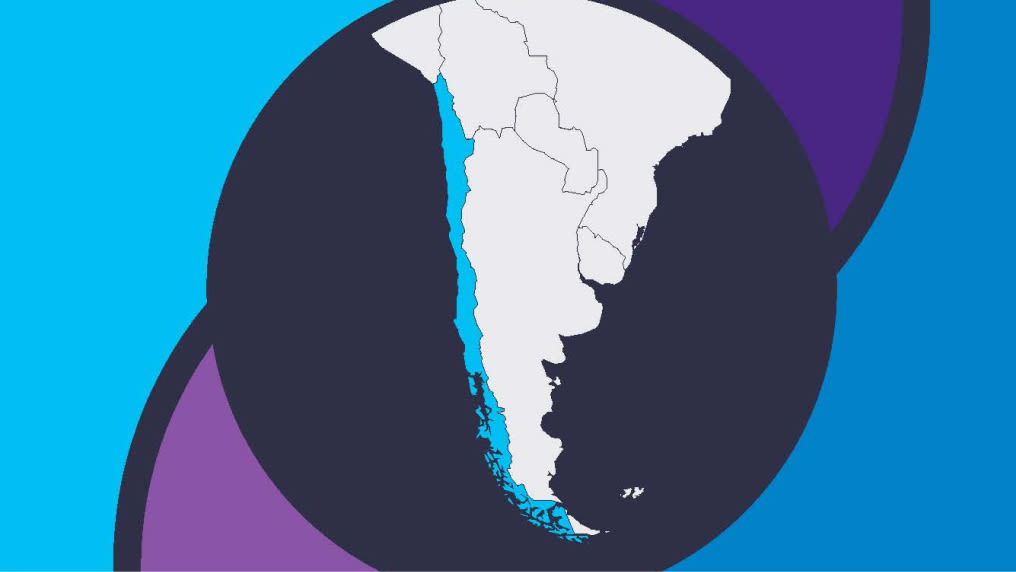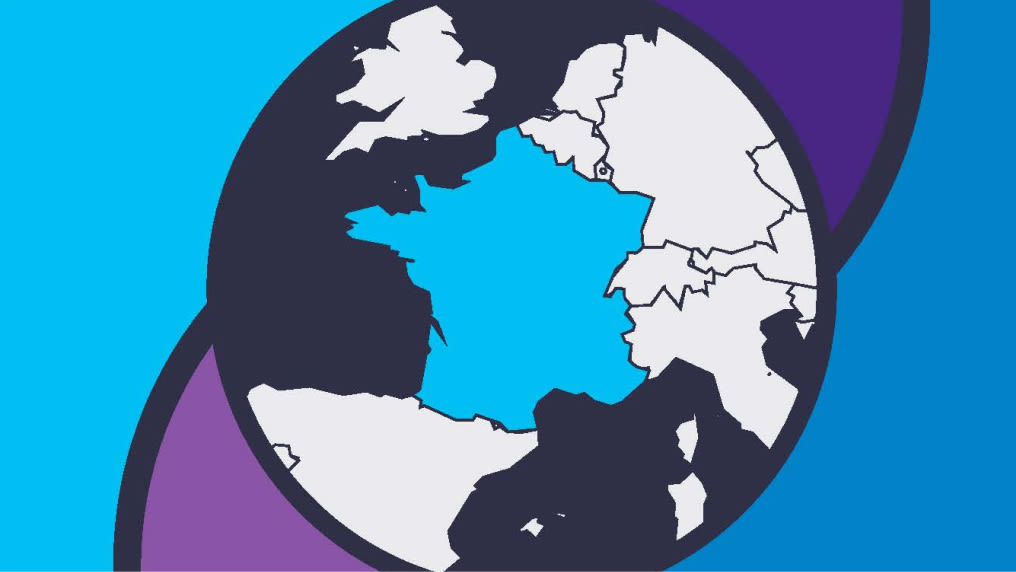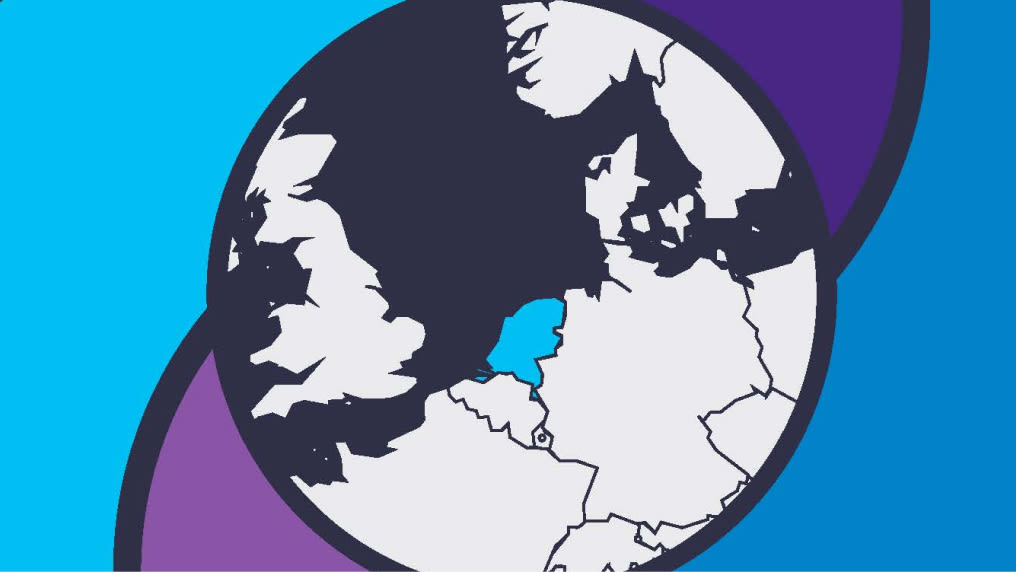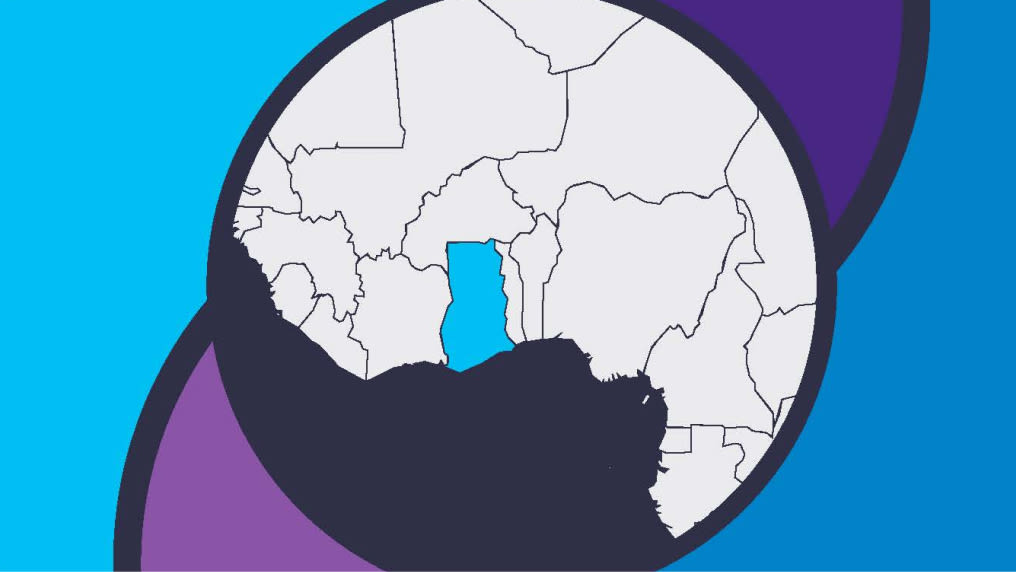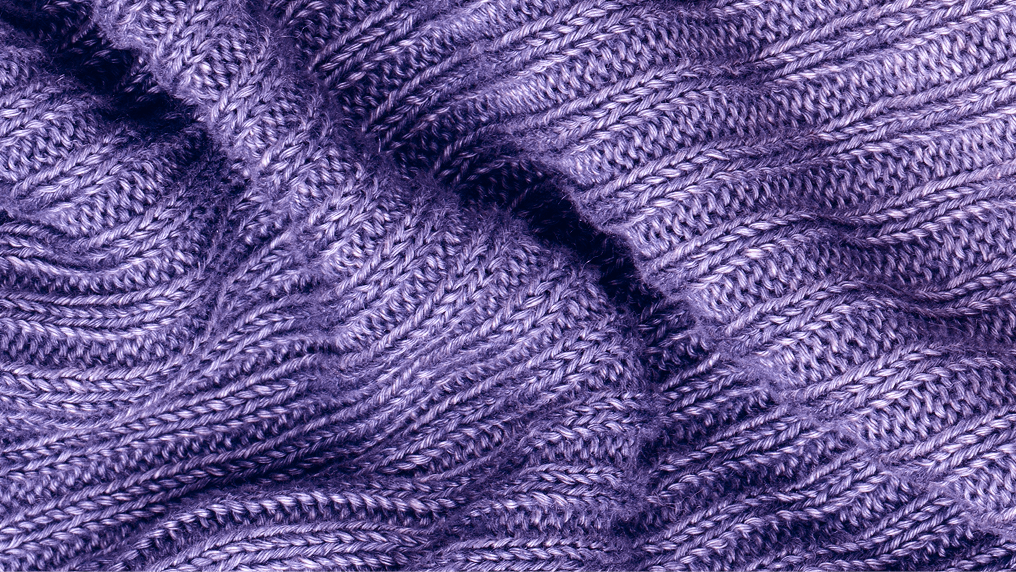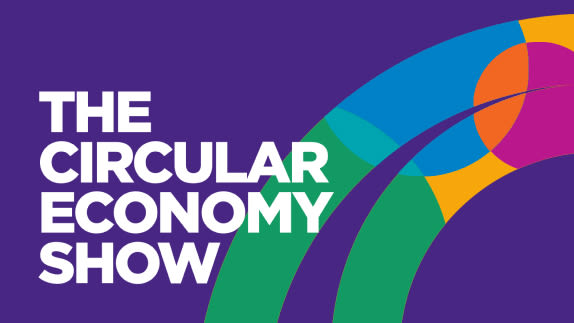This page is part of the report Pushing the Boundaries of EPR Policy for Textiles, where we explore a common approach across national EPR systems to maximize alignment and effectiveness. Additionally, we highlight the many benefits EPR can offer beyond downstream waste management. For more insights, explore the full paper.
EPR Status
Entry into force: 1 January 2007
Other EPR schemes: DIY and gardening products, sports and leisure products, boats (sport and leisure), construction products and materials, medical devices (self-administered), furniture, household packaging and printed media, commercial packaging (restaurants), electrical and electronic equipment (EEE), oils (lubricating or industrial), toys, unused medication, batteries, tyres, chemical products (contents and containers), tobacco products, private cars, vans, motor vehicles with two or three wheels, and quadricycles
Separate collection & sorting of discarded textiles
Separate collection rate (Relative to the quantity of textiles placed on the French market in 2022): 31%
Share of discarded textiles sorted after collection: 72%
Destinations of used textiles collected in France
Reusable textiles
Textiles considered reusable after sorting (Relative to the quantity of textiles sorted after collection): 60%
Reusable textiles sold on the national market (Relative to the quantity of textiles considered reusable after sorting): 5%
Reusable textiles exported internationally (Relative to the quantity of textiles considered reusable after sorting): 95%
Non-reusable and waste textiles
Textiles considered non-reusable or waste after sorting (Relative to the quantity of textiles sorted after collection): 40%
Recycling and downcycling (Relative to the quantity of textiles sorted after collection):
Recycling (closed and open loop): 22%
Downcycled into wiping cloths: 9%
Landfill and incineration (Relative to the quantity of textiles sorted after collection):
Solid recovered fuel: 8%
Incineration with energy recovery: <1%
Incineration without energy recovery: <1%
Landfill: <1%
EPR for textiles in France – a world-first
France was the first country to implement EPR as a policy tool to manage textile flows after use. Its EPR scheme for textiles has been in place since 2007, covering clothing, footwear and household linens, and is currently managed by Refashion, France’s only textile PRO. Léonard Brudieu, former Deputy Head for Circular EconomyCircular EconomyA systems solution framework that tackles global challenges like climate change, biodiversity loss, waste, and pollution. It is based on three principles, driven by design: eliminate waste and pollution, circulate products and materials (at their highest value), and regenerate nature. at the French Ministry for Ecological Transition, explains the legacy of France’s EPR, and what is next.
Pushing the boundaries
“The initial purpose of France’s EPR scheme was to financially support the collection and sorting of discarded textiles,” explains Brudieu. “However, more recently the policy has been redesigned to also ensure products are used for longer and do not end up as waste. For example, a budget of EUR 150 million has been allocated to finance the repairrepairOperation by which a faulty or broken product or component is returned back to a usable state to fulfil its intended use. of shoes, garments, and other textiles. In addition, more ambitious eco-modulation fees will incentivise circular product design.
“In France, we have been working hard to transform EPR, pushing its remit beyond a financing solution for collection and sorting operations. We believe EPR can push the uptake of circular business models. Our focus is particularly on incentivising reusereuseThe repeated use of a product or component for its intended purpose without significant modification., repair and recycling. This way, EPR policy helps ensure products are used longer before being discarded.”
One of the main challenges is how to stimulate reuse and recycling business models within France, so that there is a local market and domestic absorption capacity for discarded textiles. “We need to grow a local reuse culture in France and we need to invest in fibre-to-fibre recycling across Europe,” says Brudieu. “This is why France has set the target of achieving a 15% reuse rate within 1,500 km of the collection point by 2027.”
“EPR should prevent waste, not only manage it”

Léonard Brudieu
former Deputy Head for Circular Economy at the French Ministry for Ecological TransitionEPR fit for the future
French policymakers believe EPR presents a significant opportunity to enhance transparency and traceability in the used textiles trade. In March 2024, France, along with Sweden and Denmark, called for new global rules for exporting textile waste under the Basel Convention, subjecting textile waste exports to control mechanisms to prevent the transfer of waste. “Amending the Basel Convention can help ensure that in the future, we only export products that can be reused, to markets where demand and capacity exist to reuse and manage these products after use,” says Brudieu. “EPR can help to achieve this goal, as it French policymakers believe EPR presents a significant opportunity to enhance transparency and traceability in the used textiles trade. In March 2024, France, along with Sweden and Denmark, called for new global rules for exporting textile waste under the Basel Convention, subjecting textile waste exports to control mechanisms to prevent the transfer of waste. “Amending the Basel Convention can help ensure that in the future, we only export products that can be reused, to markets where demand and capacity exist to reuse and manage these products after use,” says Brudieu. “EPR can help to achieve this goal, as it creates a significant reporting framework and delivers solid progress in tracing products placed on the market and their destinations after consumption.”
“Moving forward, EPR should continue to evolve and should address the fate of used textiles after exportation.”

Léonard Brudieu
former Deputy Head for Circular Economy at the French Ministry for Ecological TransitionThe Role of France in the used textiles trade
France is a net exporter of used textiles, and in 2021 was the 10th largest exporter, accounting for 3% of global exports. In that year, 49% of France’s exports were sent to just three countries: Pakistan (19%), Belgium (15%) and Tunisia (15%).
Annual used textile exports (2021): 163kT
Annual used textile imports (2021): 5kT
Global distribution of exports from France (2021). Annual used textile exports (2021): 163kT
Global distribution of imports to France (2021). Annual used textile imports (2021): 5kT
Download
Pushing the boundaries of EPR policy for textiles: France factsheet is available in: English
To quote this factsheet, please use the following reference: Ellen MacArthur Foundation, Pushing the boundaries of EPR policy for textiles: France factsheet (2024).
Focus countries
These five focus countries illustrate what EPR policy design could look like in different jurisdictions. They offer a snapshot of each country’s material flows, alongside policymaker perspectives.

